This week is all about Fujifilm’s massive announcement: the new GFX medium format camera, new APS-C camera, three new lenses and information about future products, including the next generation X-Trans sensor. We also have a new full frame lens for the Lumix S series, and firmware updates for three Viltrox lenses.
Fujifilm GFX 50S II
Fuji took the relatively compact body of the GFX 100S and put inside the 50MP sensor of the first ever GFX camera, the 50S. It also has 5-axis stabilisation and is the most affordable GFX camera to date, starting at $4000 body only. We compared the camera to the other “affordable” GFX model, the 50R. Read all about it by following the link below.
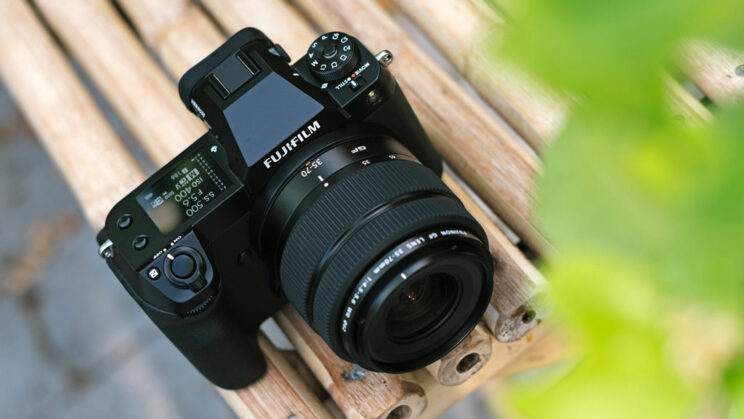
Fujinon GF 35-70mm F4.5-5.6 WR
The new 35-70mm is a compact standard zoom weighing just 390g, and giving you a 28-55mm equivalent field of view. Alone it costs $1000, but in a kit with the 50S II, it will only add $500 to the camera price. This means that for $4500, you can get a medium format camera and zoom lens.
Main characteristics of the GF 35-70mm F4.5-5.6:
- 11 elements in 9 groups
- Two ED and 1 aspherical elements
- 9 rounded diaphragm blades
- Min. focus: 25cm
- Stepping AF motor
- Filter size: 62mm
- Zoom mechanism is not internal
- weather sealing
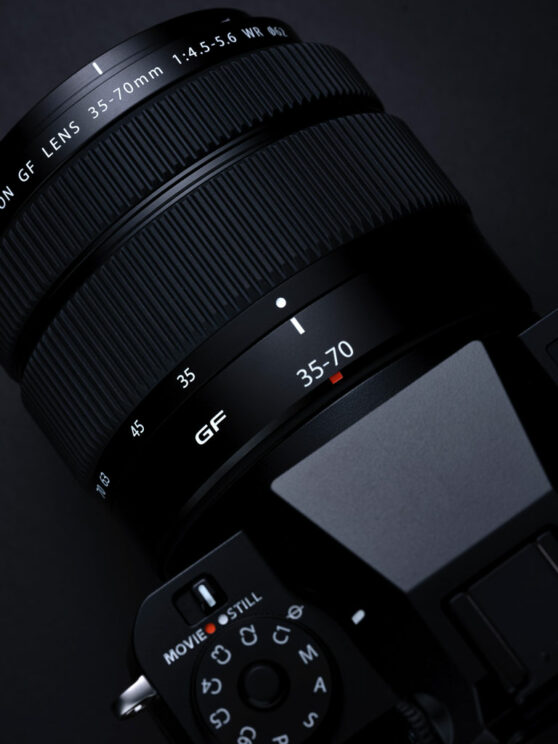
Fujifilm X-T30 II and X-T3 WW
Fujifilm quietly introduced the successor to the X-T30. What’s new? An LCD screen with more resolution, and an up-to-date software that includes all the bells and whistles seen on recent models such as the X-T4, X-S10 and X-E4. See the article below to read more about it.
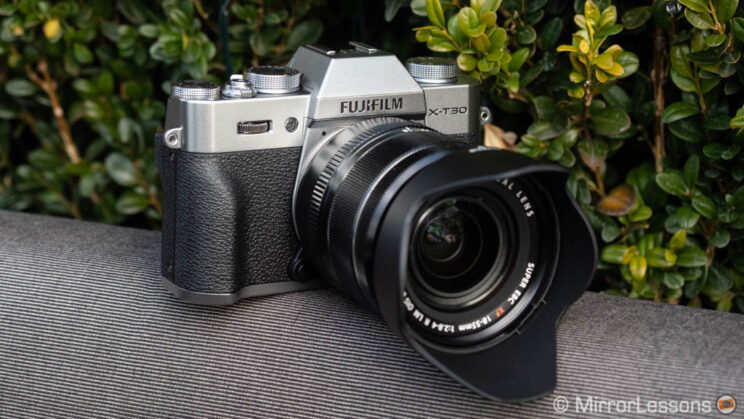
As for the X-T3 WW, it’s the same exact camera but without a battery charger in the box, for $100 less than the regular X-T3.
Fujinon XF 23mm F1.4 R LM WR and XF 33mm F1.4 R LM WR
These two new lenses replace the old 23mm 1.4 and 35mm 1.4, and bring them up to date with a new optical design, a faster AF motor and weather sealing.
The new 23mm is a bit longer and heavier.
| XF 23mm F1.4 R LM WR (new) | XF 23mm F1.4 R (old) |
|---|---|
| 15 elements in 10 groups | 11 elements in 8 groups |
| 2 aspherical and 3 ED elements | 1 aspherical element |
| 9 rounded diaphragm blades | 7 rounded diaphragm blades |
| Min. focus: 19cm | Min. focus: 28cm |
| Linear AF motor | DC coreless AF motor |
| Filter size: 58mm | Filter size: 62mm |
| Dimensions: ø67 x 77.8mm | Dimensions: ø72 x 63mm |
| 375g | 300g |
| Weather sealing | No weather sealing |
| $900 | $900 |
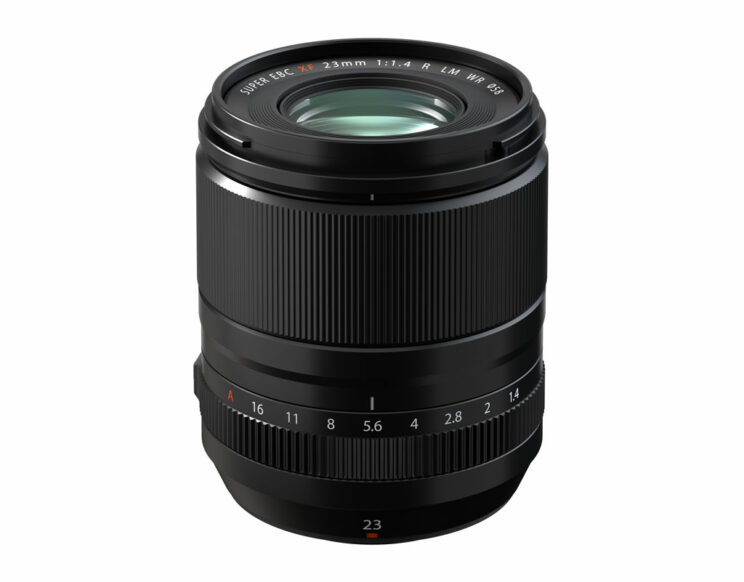
The new 33mm is slightly wider than the old 35mm, which makes it a “true” 50mm equivalent when it comes to the angle of view.
| XF 33mm F1.4 R LM WR (new) | XF 35mm F1.4 R (old) |
|---|---|
| 46.6° angle of view | 44.2° angle of view |
| 50mm equivalent | 53mm equivalent |
| 15 elements in 10 groups | 8 elements in 6 groups |
| 2 aspherical and 3 ED elements | 1 aspherical element |
| 9 rounded diaphragm blades | 7 rounded diaphragm blades |
| Min. focus: 30cm | Min. focus: 28cm |
| Linear AF motor | DC coreless AF motor |
| Filter size: 58mm | Filter size: 52mm |
| Dimensions: ø67 x 73.5mm | Dimensions: ø65 x 50.4mm |
| 360g | 187g |
| Weather sealing | No weather sealing |
| $800 | $600 |
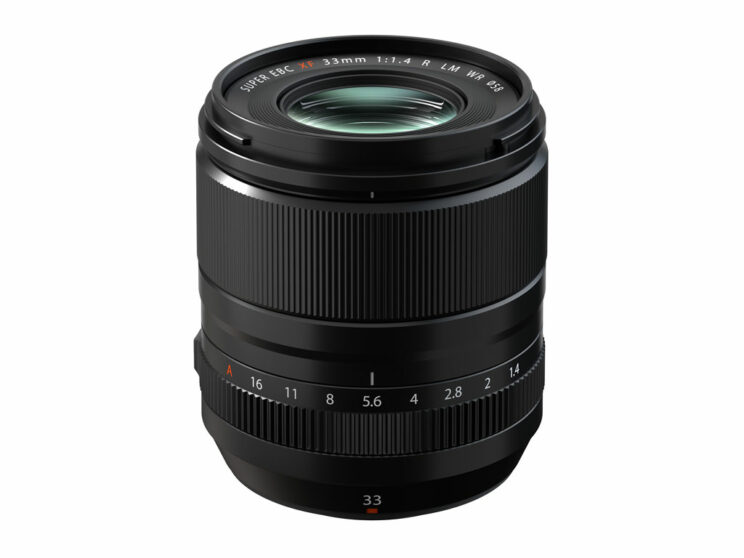
Future products for the GFX and X series
Fujifilm has also mentioned that it is designing three new lenses for its medium format system:
- Ultra wide 20-35mm (16-28mm equivalent) scheduled for 2022
- Fast 55mm F1.7 (44mm equivalent) scheduled for 2023
- Tilt/shift lens scheduled for 2023
As for the APS-C series, in 2022 we will get a:
- Super telephoto 150-600mm zoom (225-90mm equivalent)
- 18-120mm “all-purpose” lens (28-180mm equivalent)
Finally, the company revealed the first details about the next generation APS-C sensor: it will continue to have an X-Trans pattern and a BSI design, but it will also be a stacked type (which means it has a DRAM memory to increase the processing speed, like the Sony A9 series).

Lumix S 24mm F1.8
This news might have gone unnoticed, but Panasonic has released a new lens for its full frame S series, the 24mm F1.8, which was already teased last year. It will be available in October for $900.
Main characteristics of the Lumix S 24mm F1.8:
- 12 elements in 11 groups
- 3 aspherical, 3 ED and 1 UED elements
- 9-blade circular aperture
- No focus breathing (according to Panasonic)
- Filter size: 67mm
- Similar size and controls as the other F1.8 primes
- dust and splash resistant design
- 310g
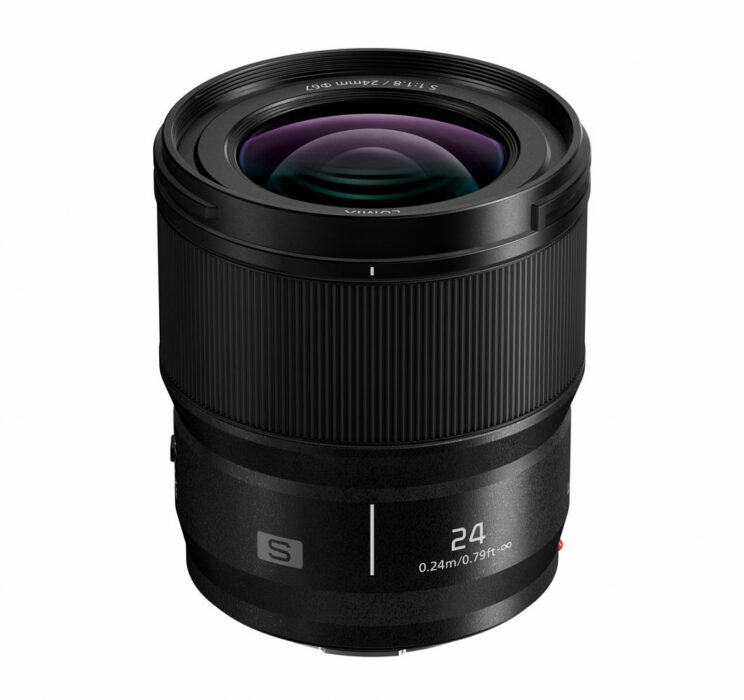
Viltrox 23mm, 33mm and 56mm F1.4 firmware update
Viltrox has released a new firmware for the above lenses that optimises the autofocus performance and fixes the problem of abnormal aperture changes in some situations.
The latter sounds like the problem I encountered while testing the 56mm with the Fuji X-T4: despite the click-less aperture ring, the changes were not smooth and I could see the 1/3 stops jump all the way from f/1.4 to f/16.
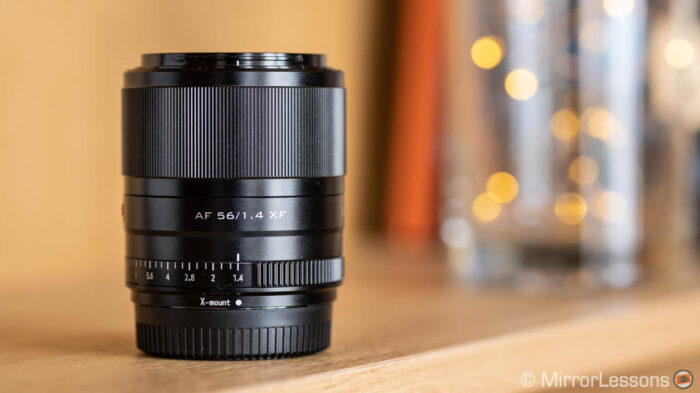
I’ve update the software on my lens: the new version (1.1.3) seems to have improved the changes a little, but it is still not as smooth as you would expect it to be.
You can download the firmwares from the Viltrox website.


